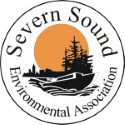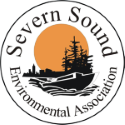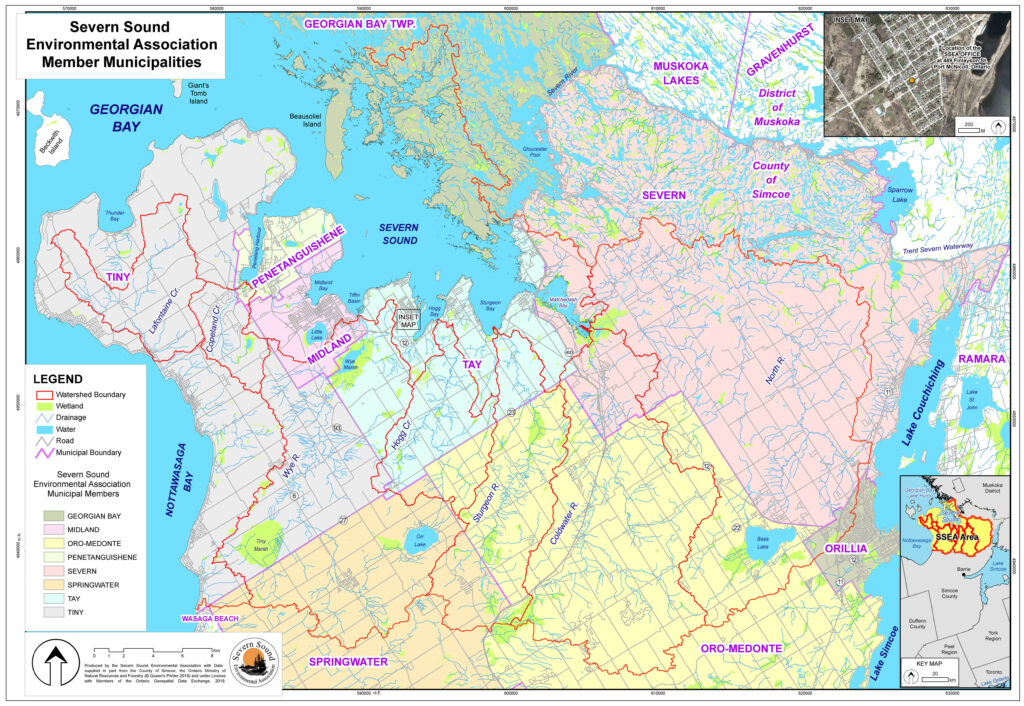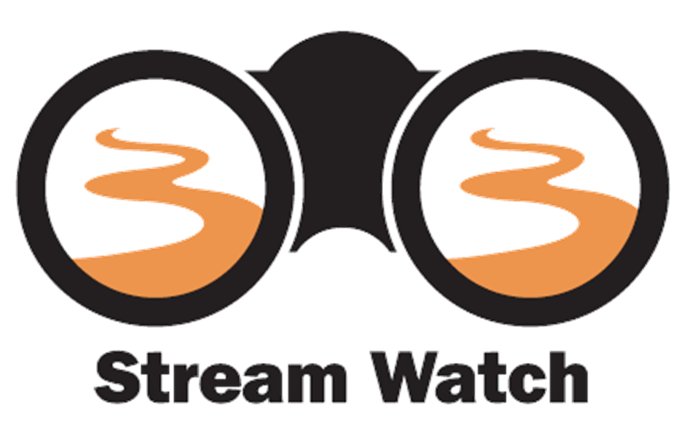
Stream Watch
Do you have a stream on your property?
Or know of a stream in the Severn Sound watershed that is publicly accessible?
Want to learn more about water quality and conditions in that stream?
Become a Stream Watch volunteer!
A revamped version of our Community Environmental Monitoring program, Stream Watch involves collecting water quality data and making general observations about streams within the Severn Sound watershed. Streams and their associated floodplains are very important; they flow into inland lakes and Severn Sound/Georgian Bay, play an important role in flood control, and provide habitat for a variety of wildlife, including fish species. The more we understand the streams in our area, the better we can protect them for future generations.
Map of the subwatersheds within the Severn Sound watershed, indicating the major streams and rivers in the area.
- Air and water temperature
- Weather, stream depth, and flow conditions
- Water clarity and colour
- Conductivity and pH
- Observations of algae
- Water level impacts
- Plastic pollution
- Plant and wildlife sightings, including invasive species and species at risk
- Human disturbances
- Photos of any observations
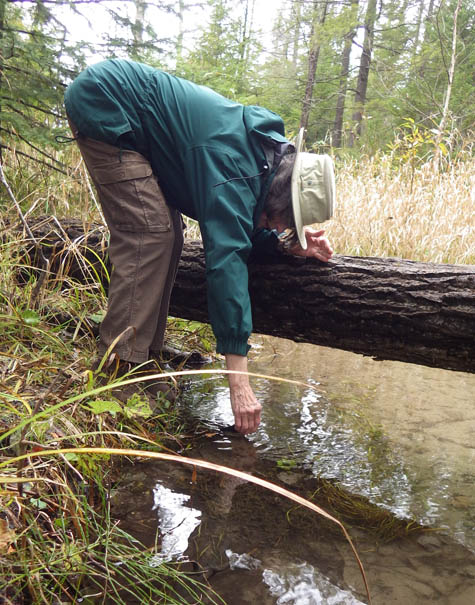
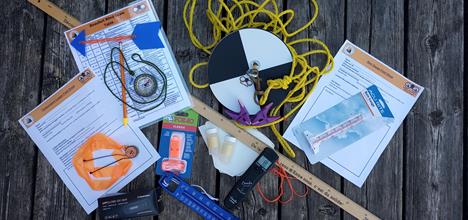
Equipment in Stream Watch Kit
- Pool thermometer or water quality meter
- Temperature data logger and housing
- Rain gauge
- Metre stick
- Monocular
- increasing community engagement and knowledge of local environmental issues
- increasing SSEA’s capacity to observe environmental conditions across the watershed
- collecting sightings of invasive species and species at risk
- identifying areas in need of clean-ups or habitat restoration
- tracking indicators of climate change, such as water temperature and flooding
- determining thermal classification of streams, which provides rationale for protection of cool and cold-water fish habitats
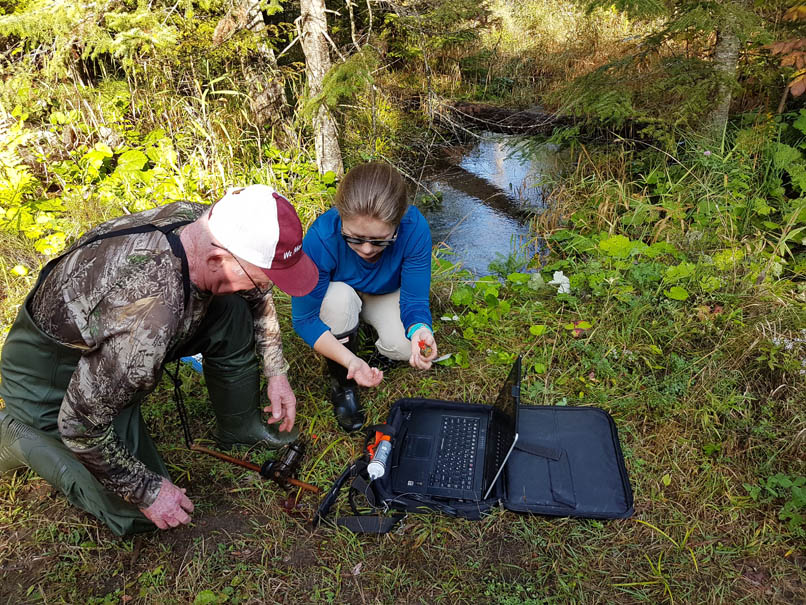
Downloading a temperature logger
If you are interested in the Shore Watch program, contact our Citizen Science Program Coordinator with your name, phone number and/or email address, and location of shoreline you intend to “watch.”
